Description
📌 Description
Adenosine Monophosphate (AMP) is a nucleotide composed of an adenine base, ribose sugar, and one phosphate group. It plays a role in various biochemical pathways, including energy metabolism, RNA synthesis, and as a precursor to other nucleotides like ADP and ATP. In clinical or veterinary use, AMP may be used for:
-
Energy metabolism support
-
Muscle recovery
-
Cellular regeneration
-
Potential immune or anti-inflammatory support (investigational)
Formulation:
-
Concentration: 30 mg/mL
-
Route: Typically intramuscular (IM) or subcutaneous (SC) injection
-
Commonly available in vials for injection
💉 Dosage & Administration
Dosage depends on the indication and species (human or veterinary), but generally:
-
Humans (off-label/nutritional use):
-
1–2 mL IM, 1–2 times per week (depending on clinical judgment)
-
-
Veterinary use (e.g., horses, dogs):
-
Horses: 5–10 mL IM or SC
-
Dogs/Cats: 0.5–2 mL IM or SC
-
Frequency: Once daily or every other day, usually in cycles
-
Note: AMP is not widely approved by regulatory bodies like the FDA for direct human therapeutic use, except in research or nutraceutical contexts. Consult a healthcare professional before use.
⚠️ Side Effects
Though generally considered safe at recommended doses, possible side effects include:
Common (mild)
-
Local irritation at injection site
-
Mild fatigue
-
Headache
-
Nausea or mild GI upset
Rare (moderate-severe)
-
Allergic reaction (rash, itching, swelling)
-
Hypotension (in high doses)
-
Tachycardia or palpitations (if AMP is rapidly metabolized to adenosine)
-
Dyspnea or chest discomfort (rare, typically at very high doses)
🧪 Pharmacokinetics
AMP is a naturally occurring compound, so its metabolism and clearance are relatively rapid and integrated with normal cellular processes.
-
Absorption: Rapid after IM or SC administration
-
Distribution: Widely distributed across tissues; quickly taken up by cells
-
Metabolism:
-
Primarily in the liver and cells, converted to adenosine, ADP, and ATP
-
Adenosine is then further broken down by adenosine deaminase to inosine
-
-
Elimination half-life: Very short (minutes), especially once converted to adenosine
-
Excretion: Metabolites are excreted in urine (e.g., hypoxanthine, uric acid)
🔍 Additional Notes
-
Drug Interactions: Minimal, but theoretically may interact with adenosine antagonists (like caffeine, theophylline) or antihypertensives
-
Contraindications:
-
Known hypersensitivity
-
Severe hypotension or bradycardia
-
Active infection or inflammation at injection site
-
-
Pregnancy/Lactation: Safety not well-established

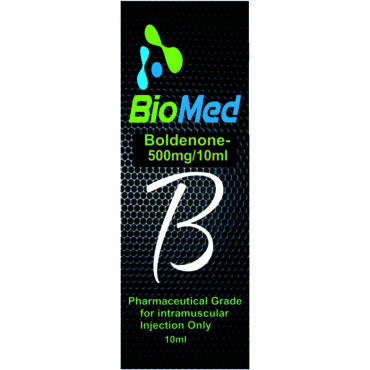
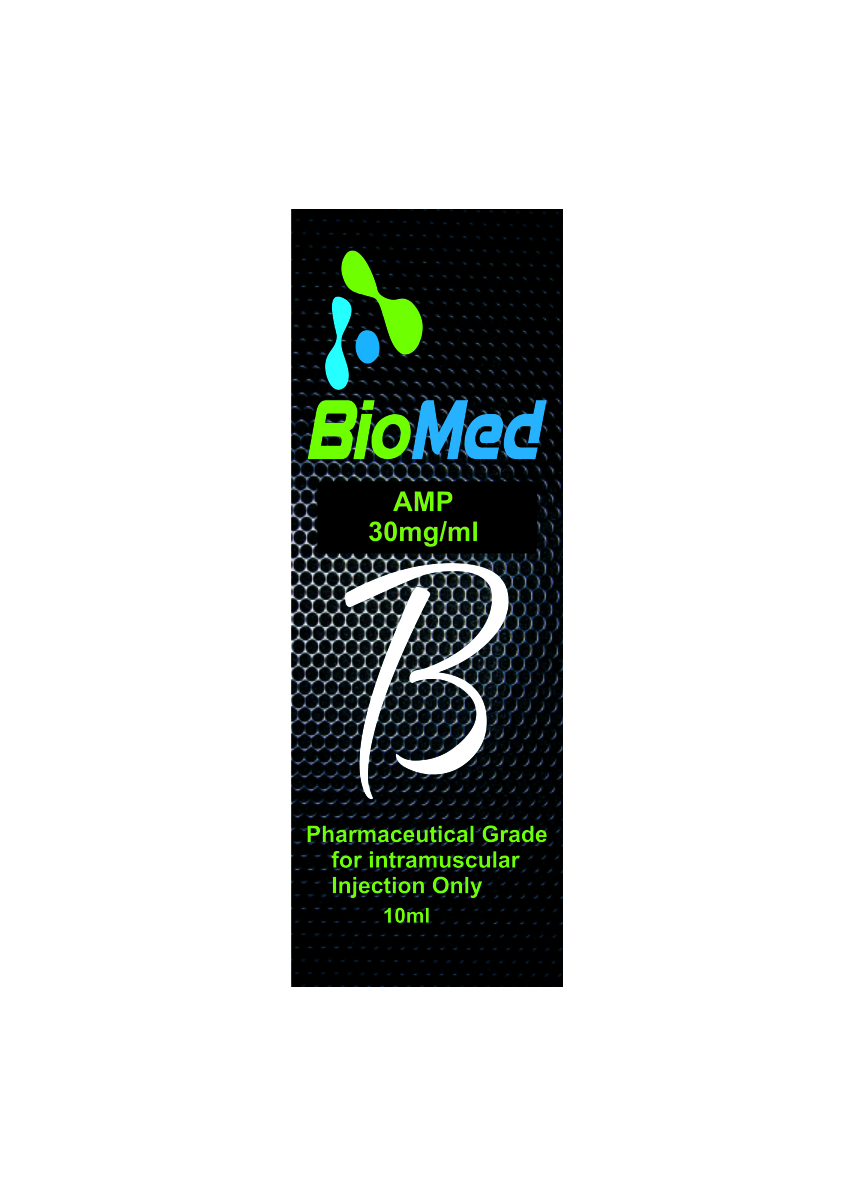
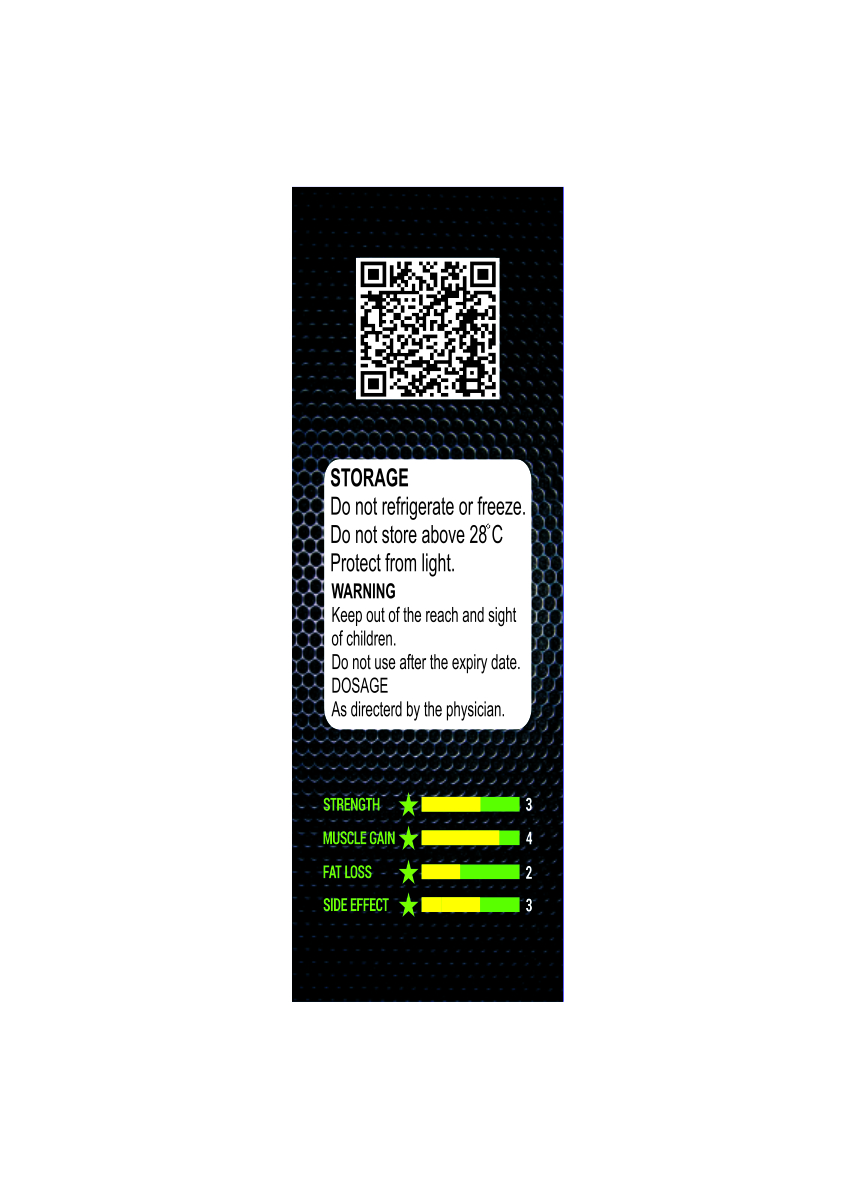
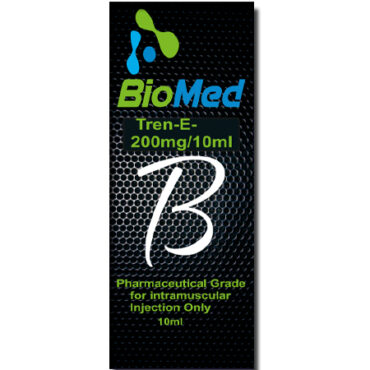
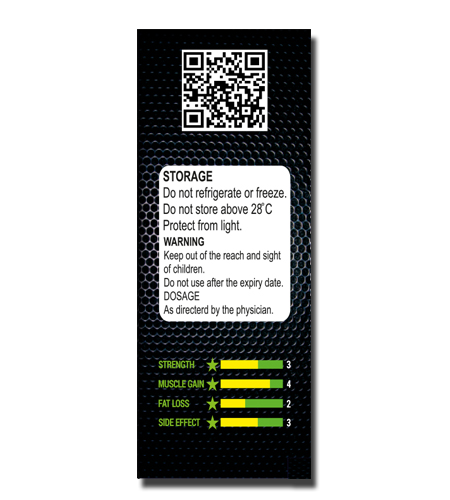
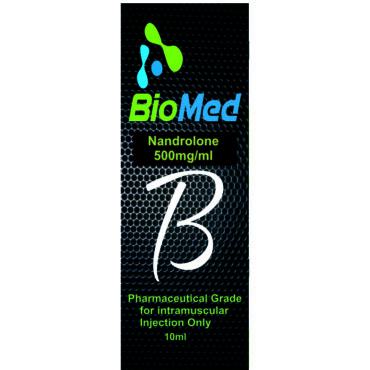
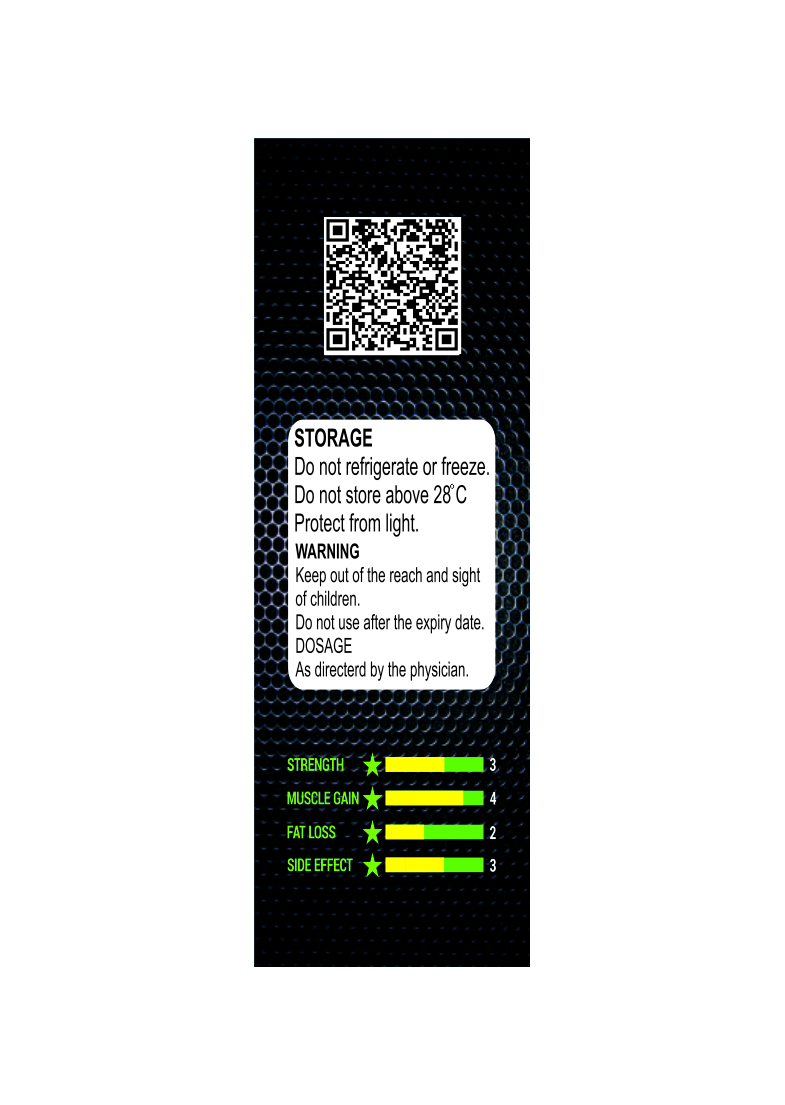
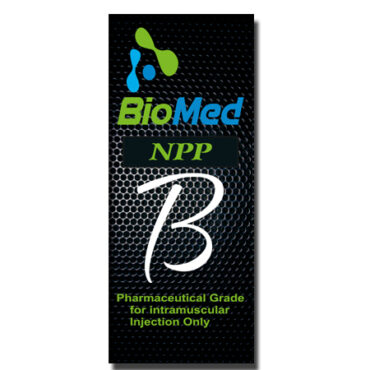
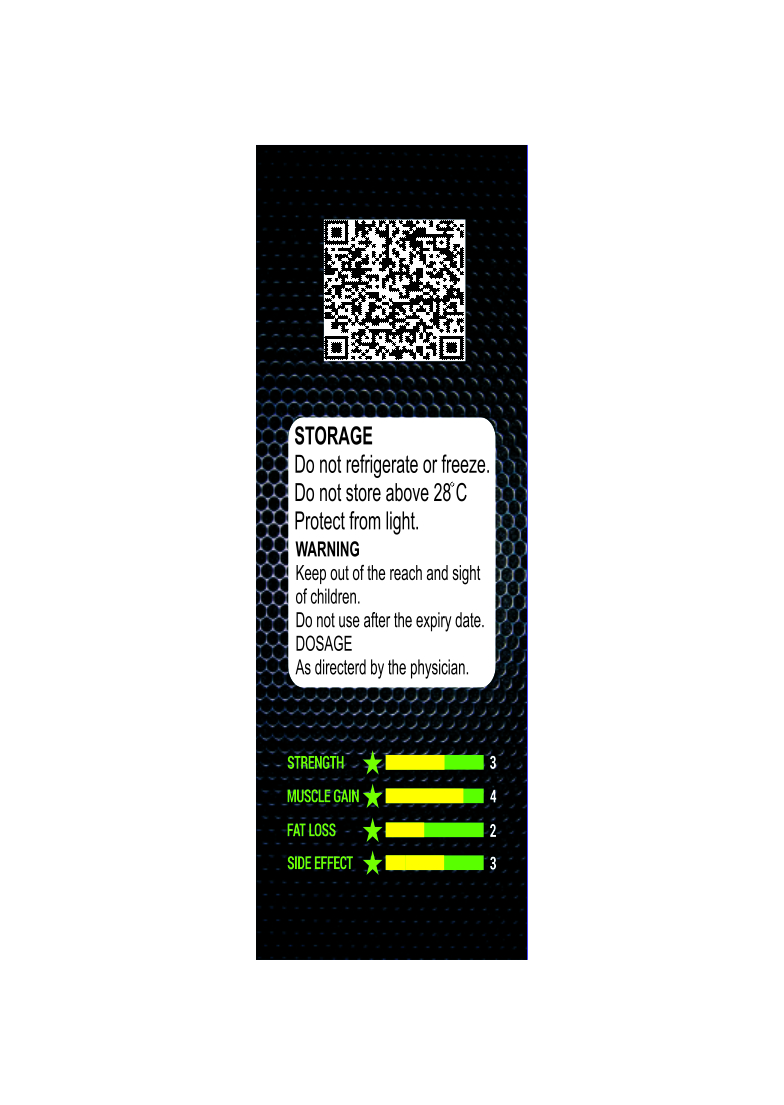
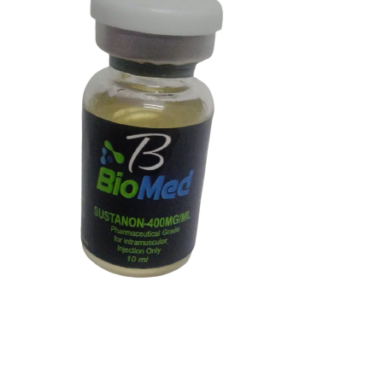
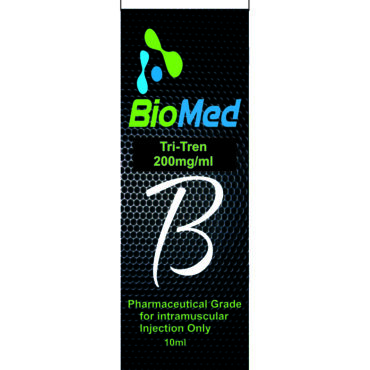
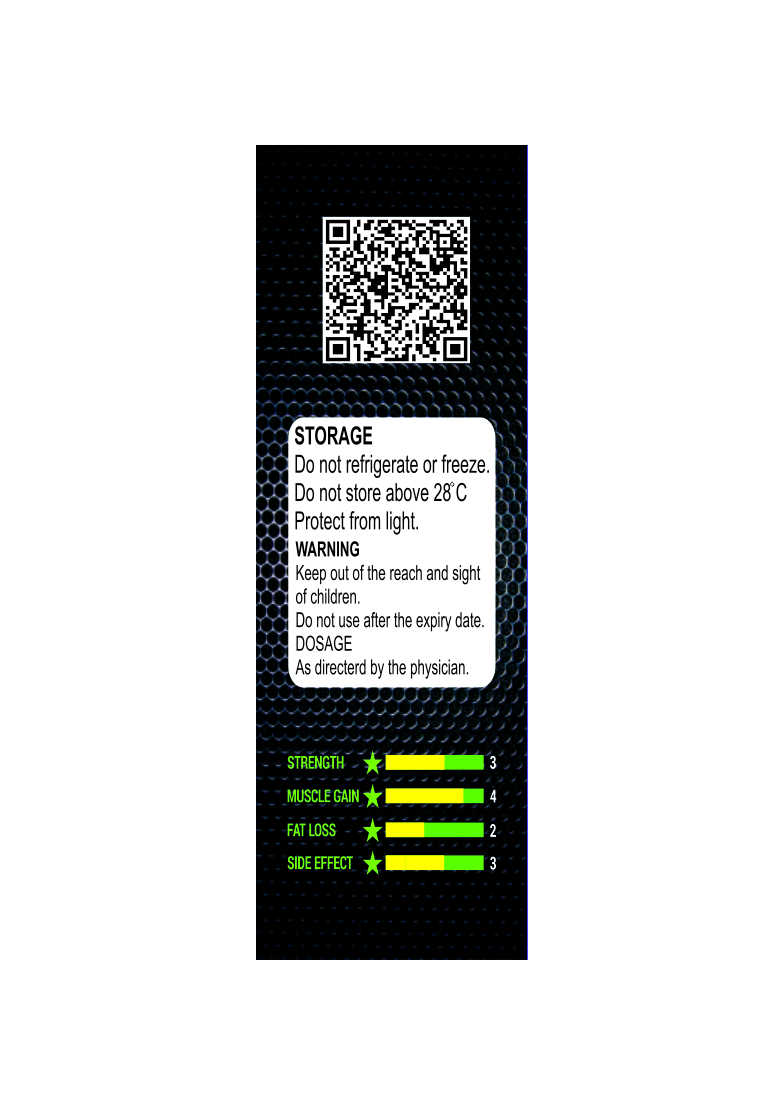
Reviews
There are no reviews yet.